PATRICK SPACE FORCE BASE, Fla. (AFNS) —
More than 140 sustainment and operations Airmen from the 920th Rescue Wing established a temporary contingency location, or TCL, in less than 24 hours at Patrick Space Force Base to conduct the wing’s exercise Distant Horizon, Aug. 1-10, which validated the multi-capable sustainment abilities of a Personnel Recovery Task Force, or PRTF, in the jungle environments of the Indo-Pacific region.
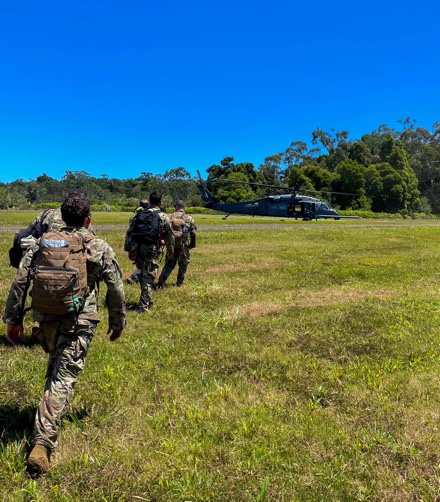
Distant Horizon is an annual exercise that prepares the wing’s PRTFs for global, untethered access, war, contingency, humanitarian, and in extremis operations around the world. These readiness requirements support the wing’s mission to plan, lead and conduct military rescue operations and missions to deny competitors and adversaries exploitation of isolated personnel.
In less than one day, Airmen from every group in the wing were transported more than 4,700 miles to a remote island location that is part of the U.S. Army’s 25th Infantry Division training area. The PRTF loaded more than 130,000 pounds of aircraft, weapons, and equipment, and established a self-sustained encampment for a PRTF-Medium.
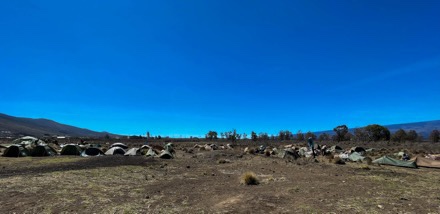
From the TCL, a group of sustainment, maintenance and operations Airmen established two separate initial contingency locations, or ICL, at geographically separated locations on another island where sites were established to support contingency activities. Using the wing’s organic intra-theater airlift, the team pushed advanced forces to four different geographically separated locations on multiple islands that covered more than 200-square-miles.
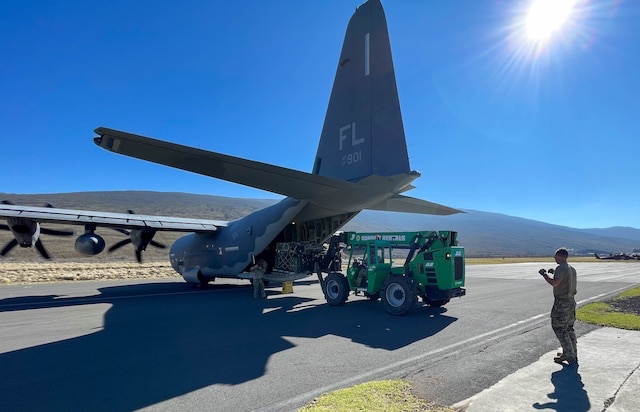
“When war occurs, the catalyst for battlespace success is our noncommissioned officers’ and company-grade officers’ ability to lead well in chaos,” said Col. John Dobbin, 920th Rescue Wing commander. “We conduct these exercises to test our wing leaders and maintain focus on the inevitables of war, which are: you will never have all the information, necessary resources, adequate manpower, nor enough money yet, fight you must.”
The PRTF structure distributes forces in light, medium and heavy configurations that can maneuver and sustain organically throughout all operating environments. In lockstep with the Air Force’s Agile Combat Employment applications, the new PRTF structure utilizes multi-capable Airmen from across the wing to provide both offensive and defensive capabilities during personnel recovery, contingency location establishment and intra-theater airlift operations. The PRTF-Medium supported in this exercise is composed of four Guardian Angel teams, four HH-60G Pave Hawks, two HC-130J Combat King IIs, and a contingent of special mission personnel.
Three HC-130Js from the wing provided airlift into theater teaming with a C-5 Super Galaxy from the 512th Airlift Wing, Dover Air Force Base, Delaware, and a C-17 Globemaster III from the 446th Airlift Wing, Joint Base Lewis-McChord, Washington. The wing’s HC-130s and one HH-60G Pave Hawk helicopter provided all the intra-theater airlift requirements between the ICL and TCL locations.
The lynchpin of the exercise was the sustainment team, made up of Airmen from the 920th Mission Support Group, where the logistics readiness squadron maneuvered 130 tons of cargo across multiple islands and four geographically separated locations while using organic airlift. They delivered more than 1,800 gallons of water and 500 gallons of fuel to sustain the TCL over eight days for more than 140 personnel. The force support squadron developed a new accountability system to track the position of all friendly forces and served 984 meals over six days from the Single Pallet Expeditionary Kitchen. The security forces squadron provided ICL and TCL defense to ensure all personnel and equipment were safeguarded 24/7 throughout the duration of the exercise. The communication squadron provided over-the-air reach back capability through multiple high- and low-tech systems where friendly forces mission-tracked forward operations while maintaining higher headquarters connectivity.
“These Airmen traveled 4,700 miles and found out what is required of them when they are pulled forward into a TCL or ICL in a combat environment,” said Maj. Traci Arnold, exercise and task force commander. “They stepped up to provide the four key elements for our forward deployed operations: food, ammo, fuel, and water. When we provide these for the PRTF, forward deployed operations don’t have to return to a rear location to resupply. They can continue the mission, which will save time and lives.”
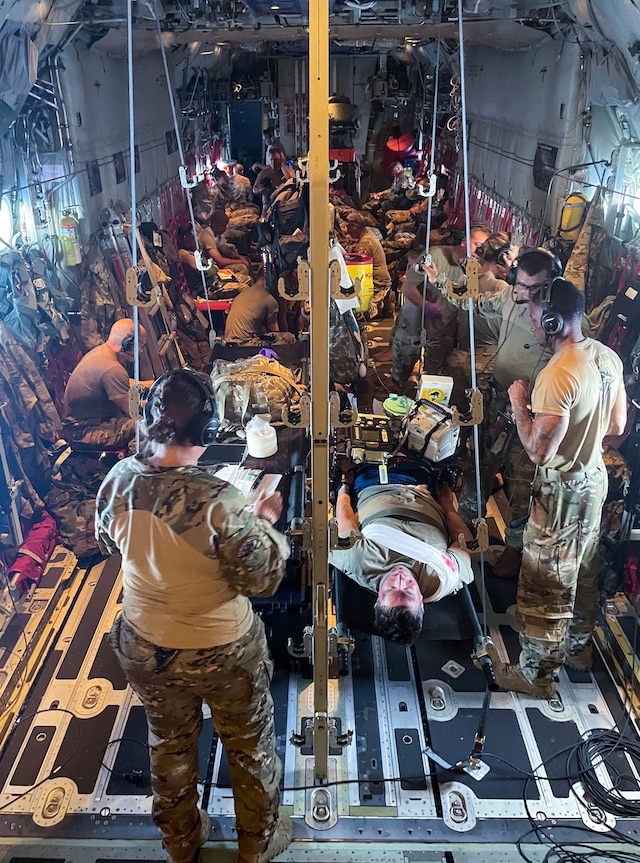
There were three primary areas of training on the ground that included jungle survival, base defense tactics, and medical response to a traumatic event with additional training in the use of radios, repositioning the camp for a hasty exfiltration, and other group leadership challenges.
Medical personnel conducted training on Tactical Combat Casualty Care and patient movement and loading. They also trained on jungle survival techniques from survival, evasion, resistance, and escape, or SERE, specialists where they learned Indo-Pacific focused skills.
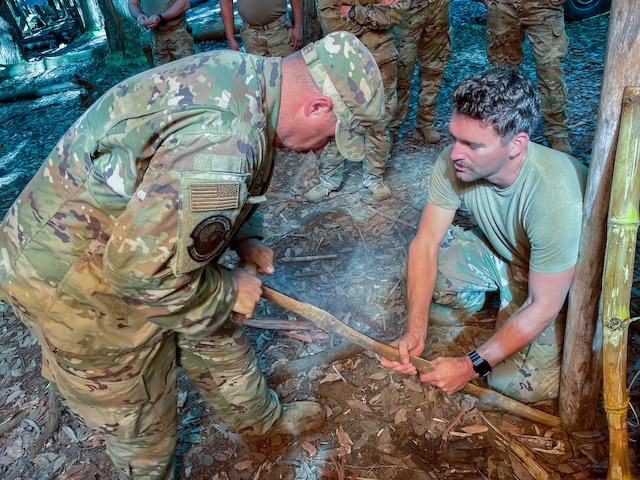
Airmen moved beyond their Air Force specialty codes while receiving specific training to support combat rescue operations. Security forces provided training on foot patrols, troop movements with contact to fire, reconnaissance, personnel detainment, search and interrogation, weapons handling, radio emission control discipline, and TCL security.
“We validated the capability to organically support our operational forces and to move cargo and personnel daily to and from an ICL. Each Airman is critical to the success of this mission and their AFSC does not matter. They are warfighters first,” Arnold said.
Story by Lt Col Ian Phillips
Photos SSgt Darius Sostre-Miroir
920th Rescue Wing

